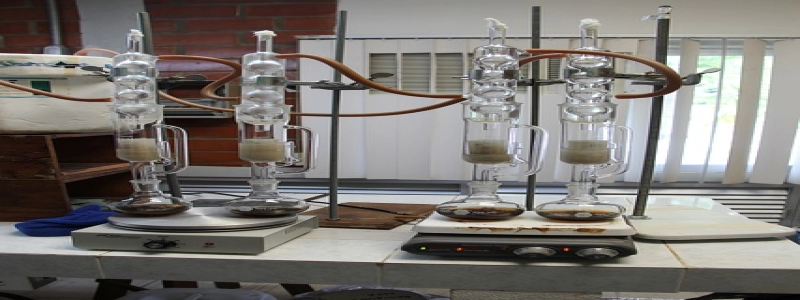What is Group Velocity Dispersion?
Introduction:
Group velocity dispersion (GVD) is a phenomenon that affects the propagation of light pulses in optical fibers. In this article, we will explore the concept of group velocity dispersion and its implications in optical communication systems.
I. Understanding Group Velocity:
1. Definition of Group Velocity:
The group velocity refers to the velocity at which a wave packet or a group of light pulses propagate in a medium. Unlike the phase velocity, which represents the speed at which individual wave crests move, the group velocity represents the speed of the overall envelope or group of wave crests.
2. Difference between Phase Velocity and Group Velocity:
It is important to differentiate between phase velocity and group velocity. Phase velocity depends on the wavelength of light and the refractive index of the medium, while group velocity depends on the dispersion characteristics of the material.
II. Group Velocity Dispersion:
1. Definition of Group Velocity Dispersion:
Group velocity dispersion refers to the phenomenon where different wavelengths of light in a pulse travel at different speeds, causing the pulse to broaden or distort over time. This can lead to a loss of signal quality and limit the transmission capacity of optical communication systems.
2. Causes of Group Velocity Dispersion:
Group velocity dispersion is mainly caused by the wavelength-dependent refractive index of the material used in the optical fiber. Different wavelengths experience different amounts of dispersion as they interact with the material, leading to the broadening of light pulses.
III. Implications of Group Velocity Dispersion:
1. Pulse Broadening:
As different wavelengths within a light pulse propagate at different speeds, the pulse broadens over time. This broadening can cause overlapping of adjacent pulses, resulting in signal distortion and errors in data transmission.
2. Limitations on Transmission Distance and Capacity:
Group velocity dispersion imposes limitations on the transmission distance and capacity of optical communication systems. As the pulse broadens, the signal degrades, reducing the reach and data rate of the system. To counteract this effect, various techniques such as dispersion compensation and fiber-optic amplification are employed.
IV. Compensation Techniques for Group Velocity Dispersion:
1. Dispersion Compensation Methods:
Different methods are employed to compensate for group velocity dispersion. These include dispersion-shifted fibers, dispersion compensation fibers, and advanced modulation formats such as soliton pulses.
2. Fiber-Optic Amplifiers:
Fiber-optic amplifiers, such as erbium-doped fiber amplifiers (EDFAs), are used to compensate for signal loss caused by group velocity dispersion. These amplifiers amplify the signal periodically, boosting the power and compensating for the losses.
Conclusion:
Group velocity dispersion is a critical parameter that affects the performance of optical communication systems. By understanding the causes and implications of group velocity dispersion, researchers and engineers can develop appropriate compensation techniques to mitigate its effects and improve the efficiency and reliability of optical communication networks.








